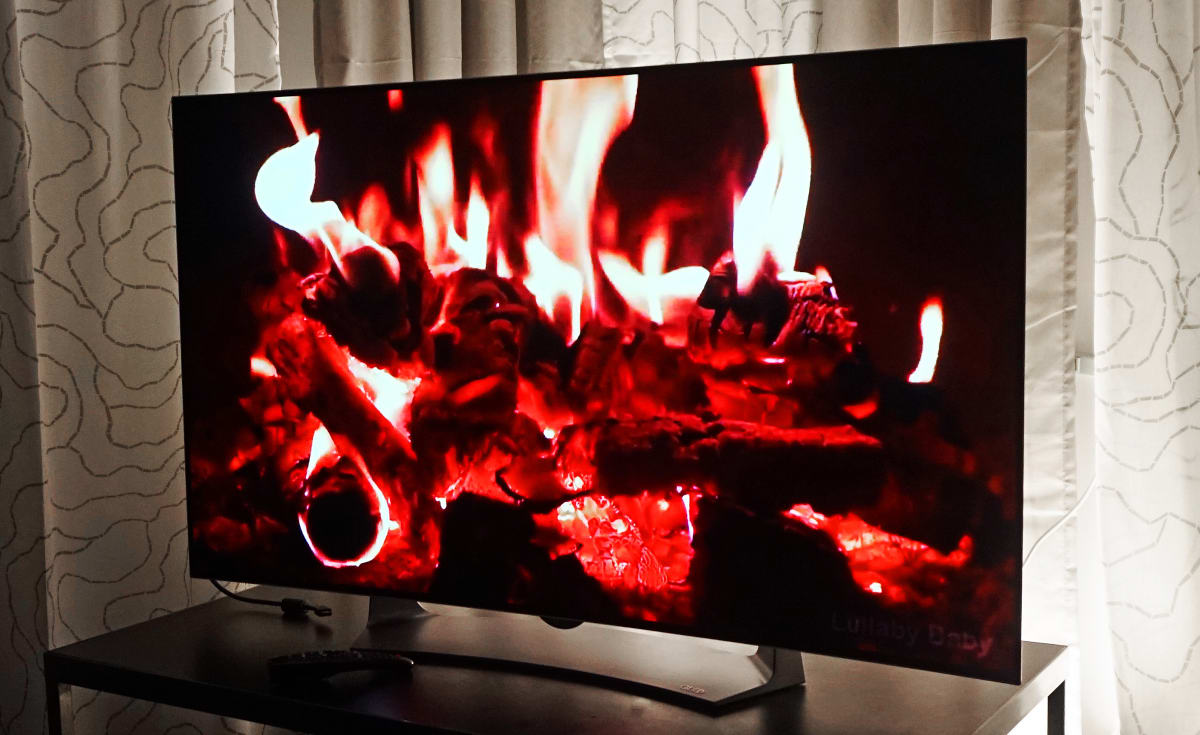Lets say incoming transmission is 1080i or 1080p, what kind of upscaling is the TV going to perform? Boost it up to 4K? What is exactly is Upscaling under what conditions?

This should help.Lets say incoming transmission is 1080i or 1080p, what kind of upscaling is the TV going to perform? Boost it up to 4K? What is exactly is Upscaling under what conditions?

You are welcome. Make sure that you read up about burn in problems with OLEDs.Voyager6 Ya, thank you for your SIMPLIFICATION! Getting ready to replace my 2+ year old 4K UHD HDR with an OLED next month.

If you have access to OTA signals and can wait, you might want to investigate a TV that includes a Nextgen TV tuner. There are supposed to be several models available by Thanksgiving. I'm not sure I've heard of any of the OLED models featuring the ATSC 3.0 technology but I'd hope that would be part of the feature set. Announcements from the Consumer Electronics show indicated that Samsung and Sony will be offering QLED sets with Nextgen TV tuners.Getting ready to replace my 2+ year old 4K UHD HDR with an OLED next month.
An OLED compared to a TCL anything is going to be drastically better.
As tigerfan33 was getting close to saying, OLED has issues in rooms where other light sources are difficult to control. If you follow the technology, you'll also find that pixel brightness uniformity can be somewhat disappointing. Burn-in is much less of an issue now but for those who demand retina-searing contrast levels, it can still be very real.An OLED compared to a TCL anything is going to be drastically better.

Limited time offer

